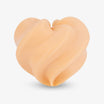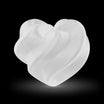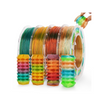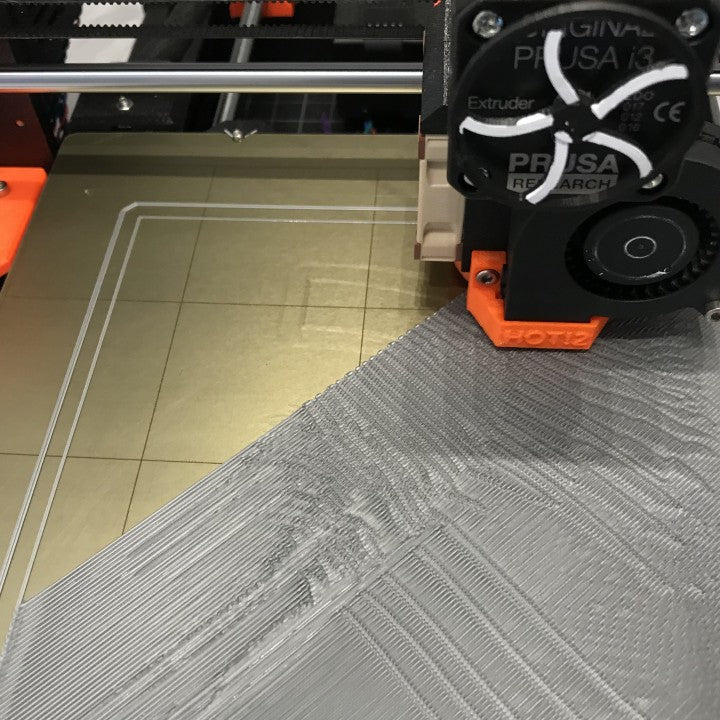With the increasing popularity of 3D printing, it's important to understand the common issues that can occur during the printing process. Three of the most common issues are wrinkling, stringing, and layering. In this article, we'll explore the reasons behind these issues and ways to solve them.
1. Wrinkling
Wrinkling occurs when the edges of a printed object curl up or warp during the printing process. This can be caused by a number of factors, including uneven cooling, low bed temperature, and poor bed adhesion. To prevent wrinkling, it's important to ensure that the bed temperature is set correctly and that the print bed is clean and level. Using a bed adhesive like glue stick or hairspray can also help with bed adhesion.

2. Stringing
Stringing happens when small threads or strings of material are left behind during the printing process. This is often caused by poor retraction settings or a high printing temperature. To prevent stringing, it's important to adjust the retraction settings in your slicing software and make sure that the printing temperature is not too high.

3. Layering
Layering refers to the visible layers that can be seen on the surface of a printed object. This is caused by the layer height being set too high or the printing speed being set too fast. To prevent layering, it's important to adjust the layer height and printing speed to ensure that the layers are smooth and even.

In conclusion, these three issues are common in 3D printing but can easily be prevented with the correct settings and adjustments. By understanding the reasons behind these issues and how to solve them, you can achieve high-quality prints with ease.








































